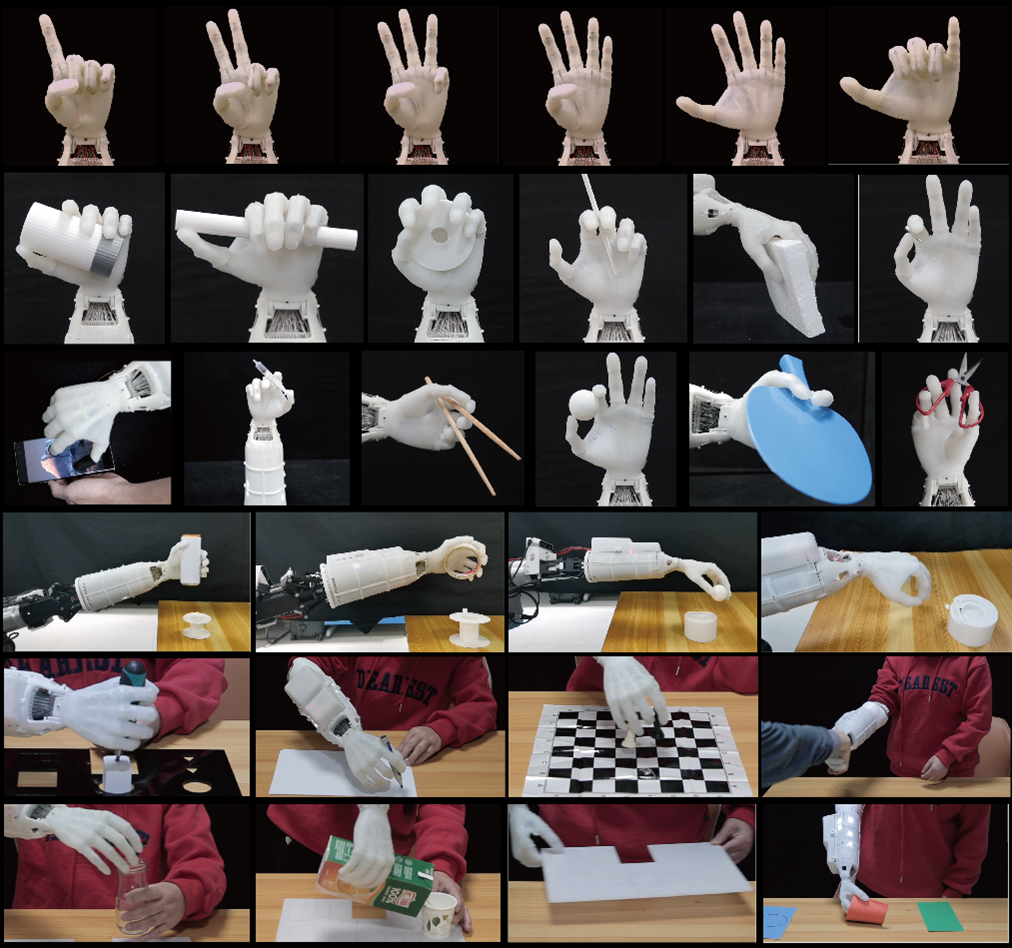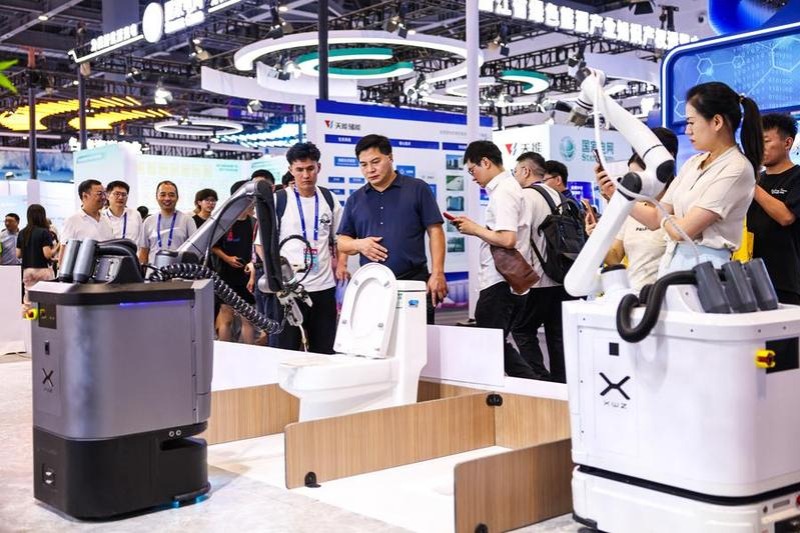Chinese researchers develop advanced prosthetic hand
China Daily | Updated: 2025-02-06 08:52

HEFEI — A research team from the University of Science and Technology of China has unveiled a groundbreaking biomimetic prosthetic hand with high dexterity, which is capable of combing hair, operating smartphones and even performing intricate sign language gestures.
The lightweight device, which replicates the functionality of a human hand, highlights a significant advancement in prosthetics and humanoid robots, offering hope to millions of amputees worldwide.
The study was published in Nature Communications, the university said on its website.
A leap forward
The human hand, with its 23 degrees of freedom — the number of independent movements it can perform — is a marvel of natural engineering, contributing to 54 percent of the body's overall functional movements despite weighing only about one-150th of the body's weight.
Traditional prosthetic hands, often powered by motors, struggle to balance weight and functionality. Most weigh more than 400 grams, causing discomfort while offering fewer than 10 degrees of freedom.
This limitation confines their ability to perform complex tasks, leading nearly half of users to abandon their prosthetic hands.
The university team addressed these challenges by using shape-memory alloys — materials that "remember" their original shape and return to it when heated — as artificial muscles.
Combined with a tendon-like transmission system, this innovative approach amplifies the driving force while reducing resistance.
The team also embedded 23 sensor units in the fingers and wrist for precise motion control.
High dexterity
In clinical tests, a 60-year-old female amputee mastered the device within half a day, successfully completing tasks requiring complex motor abilities.
Its integration with voice recognition technology sets the prosthetic hand apart. It supports 60 languages and 20 dialects with 95 percent accuracy and response times within milliseconds.
The user-friendly interface makes it accessible to a wide range of users, particularly amputees, according to the research team.
The device's high adaptability opens up a wide range of uses, including specialized operations in hazardous environments such as nuclear power plant maintenance or deep-sea equipment repair, medical rehabilitation, flexible manufacturing in high-precision production lines and home services.
Xinhua
























